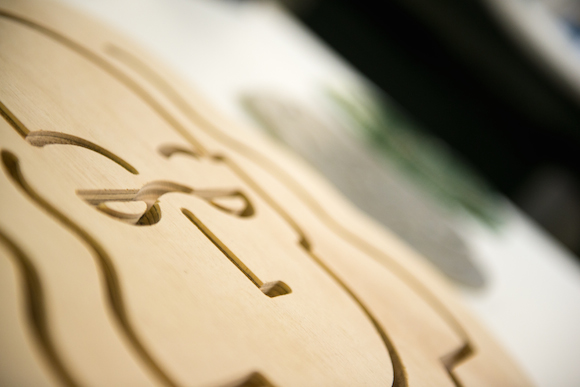Autism is the fastest growing developmental disability in the country, affecting up to 1.5 million Americans. For as frustrating it is for those who suffer from autism and their families, scientists have long been stumped about the roots of the disorder.
A research team at the University of Pennsylvania, though, has made a breakthrough discovery with two studies that detect genes with important contributions to the disorder. One located a gene region that could account for up to 15 percent of autism cases; the other pinpoints missing or duplicated stretches of DNA. Both studies detected genes that impact the development of brain circuitry in early childhood.
“Finding genes that are biologically relevant to these neuronal systems increases our understanding of how autism originates,” says study leader Hakon Hakonarson, director of the Center for Applied Genomics at The Children’s Hospital of Philadelphia and faculty member of the University of Pennsylvania School of Medicine.
The research, which included collaboration with more than a dozen institutions and appeared in the online publication Nature, opens the door to more focused investigation into causes of autism disorders. Some say it could have an impact similar to the discovery of specific genes that give rise to cancers a few decades ago by oncology researchers.
Autism Speaks, the disorder’s leading national advocacy group, provided funding and access to DNA from 3,100 subjects. The group has provided $128 million in new research funding through 2014 to uncover the cause or causes of autism, prevention, treatments and a cure.
“Our current findings, when coupled with anatomical and imaging studies, may suggest that (autism disorders) are a problem of neuronal disconnection,” Hakonarson says.
Source: Hakon Hakonarson, University of Pennsylvania School of Medicine
Writer: Joe Petrucci
To receive Keystone Edge free every week, click here.

